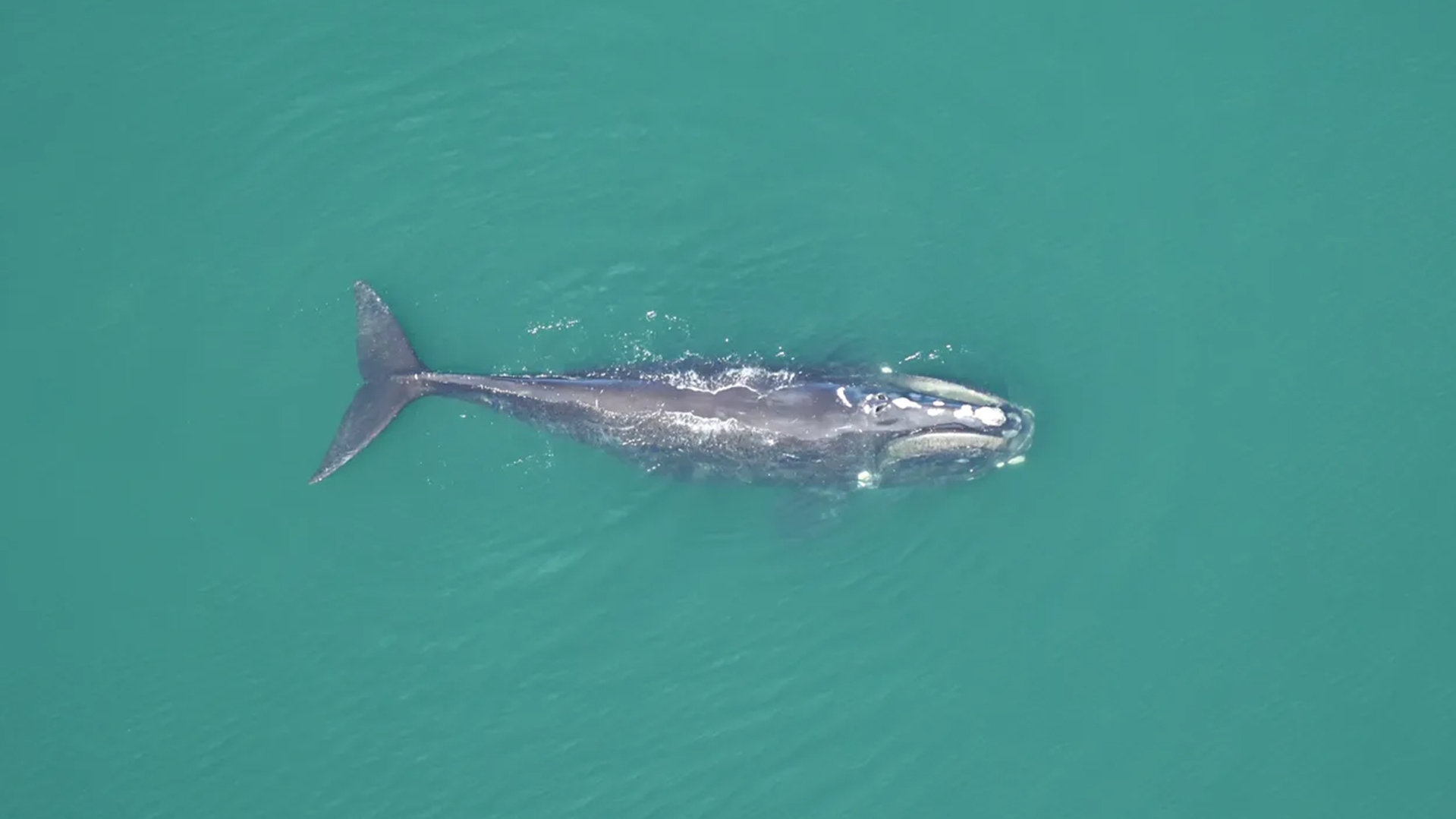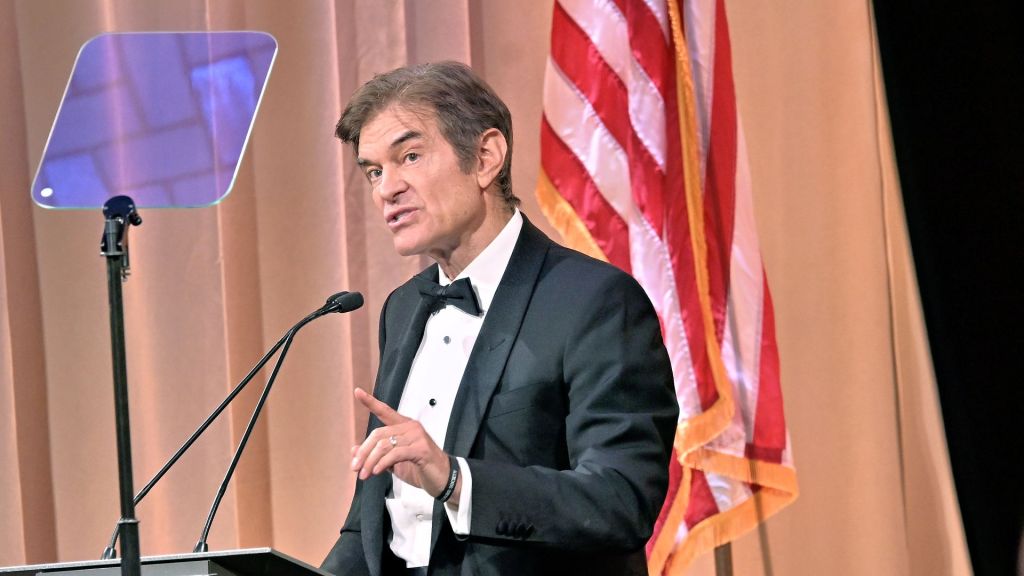
ONE OF THE RAREST WHALES IN THE WORLD IS OFF OUR EAST COAST. THE NORTH ATLANTIC RIGHT WHALE *IS* CRITICALLY ENDANGERED, BUT NEW DATA SHOWS ITS POPULATION IS STEADYING.
THERE WERE 364 OF THESE WHALES IN 2021, ACCORDING TO THE NORTH ATLANTIC RIGHT WHALE CONSORTIUM.
356 IS THEIR RECENT ESTIMATE FOR 2022.
KEEP IN MIND, THESE NUMBERS AREN’T EXACT–THERE’S A RANGE OF ERROR FOR EACH ESTIMATE. WE DON’T KNOW ABOUT EVERY WHALE DEATH THAT HAPPENS OUT IN THE OCEAN. AND ESTIMATES CAN CHANGE BASED ON WHEN SCIENTISTS COUNT THE CALVES.
BUT THE TAKEAWAY IS THAT THE POPULATION CHANGE BETWEEN 2021 AND 2022 APPEARS RELATIVELY SMALL.
AFTER YEARS OF STEEP POPULATION DECLINE, THAT DOWNWARD TREND IS SLOWING–EVEN LEVELING OUT. IT’S A BIT OF POSITIVE NEWS FOR CONSERVATIONISTS, BUT THE SPECIES STILL FACES THREATS DAILY.
HEATHER PETTIS, A RESEARCH SCIENTIST AT THE NEW ENGLAND AQUARIUM AND THE EXECUTIVE ADMINISTRATOR FOR THE CONSORTIUM SAID IN A STATEMENT:
“THE ‘FLATTENING’ OF THE POPULATION ESTIMATE INDICATES THAT HUMAN ACTIVITIES ARE KILLING AS MANY WHALES AS ARE BEING BORN INTO THE POPULATION.”
NOAA SAYS THREATS TO THESE WHALES INCLUDE ENTANGLEMENT WITH FISHING GEAR, VESSEL STRIKES, CLIMATE CHANGE AND THE EFFECTS OF OCEAN NOISE.
HERE AT S-A-N, WE’VE REPORTED THOROUGHLY ON CONCERNS THAT OFFSHORE WIND DEVELOPMENT IS PRODUCING OCEAN NOISE THAT COULD AFFECT THE NORTH ATLANTIC RIGHT WHALE’S MIGRATION.
EFFORTS TO CONSERVE THE SPECIES CONTINUE. THE INFLATION REDUCTION ACT PROVIDED NOAA WITH $82 MILLION DOLLARS TO TRACK AND PROTECT NORTH ATLANTIC RIGHT WHALES. THE AGENCY RECEIVED THAT FUNDING IN SEPTEMBER.











